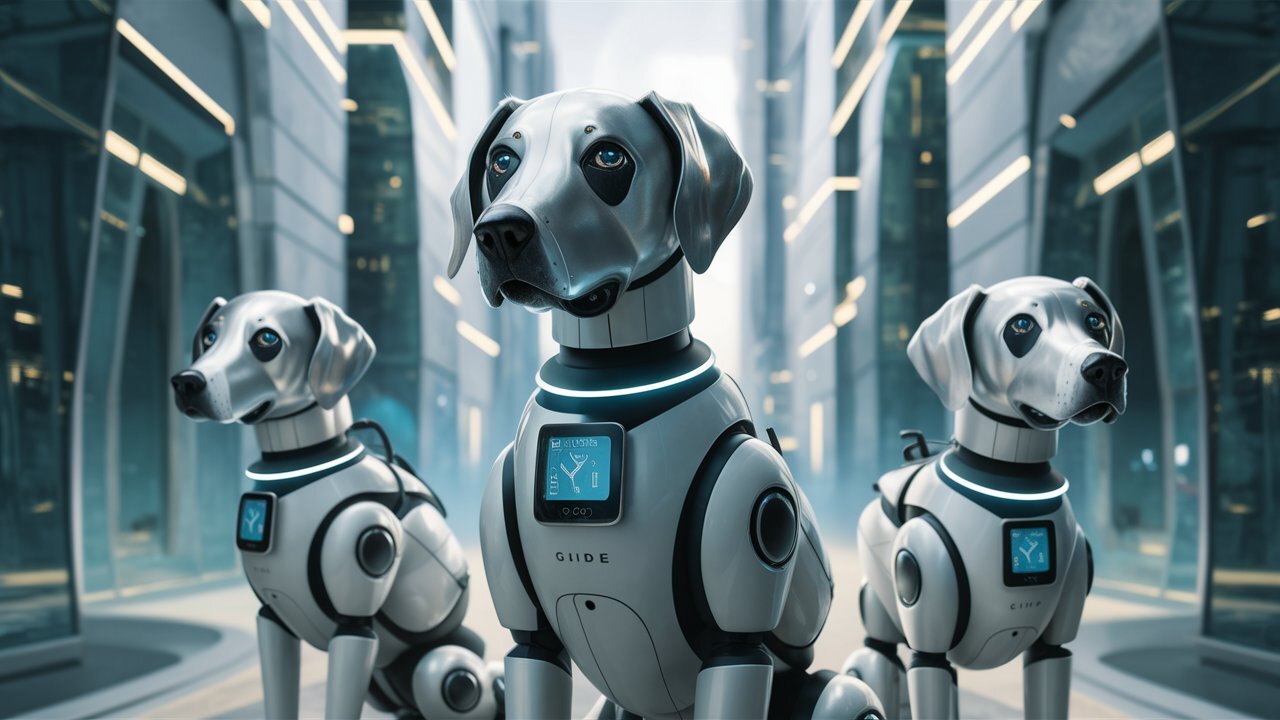Service dogs provide critical mobility and independence, but only a small portion of people with visual impairments have access to them due to high cost, limited availability, and physical limitations. Assistive robots can fill this gap, but successful design depends on understanding user needs.
The team, led by Donhyun Kim, interviewed 23 visually impaired people and five instructors. The study revealed the delicate balance between robot autonomy and human control. Unlike autonomous vehicles, guide dogs operate under the direction of a handler and only take initiative when avoiding obstacles.
In the study, the basic features of robotic guides were determined; these include a minimum two-hour battery life, advanced camera orientation to detect overhead obstacles, and audio sensors to identify hazards in confined spaces. Robots also need to understand various “signals” and assist users on public transport.
Now scientists will try to integrate these suggestions.
Source: Ferra
I am a professional journalist and content creator with extensive experience writing for news websites. I currently work as an author at Gadget Onus, where I specialize in covering hot news topics. My written pieces have been published on some of the biggest media outlets around the world, including The Guardian and BBC News.











